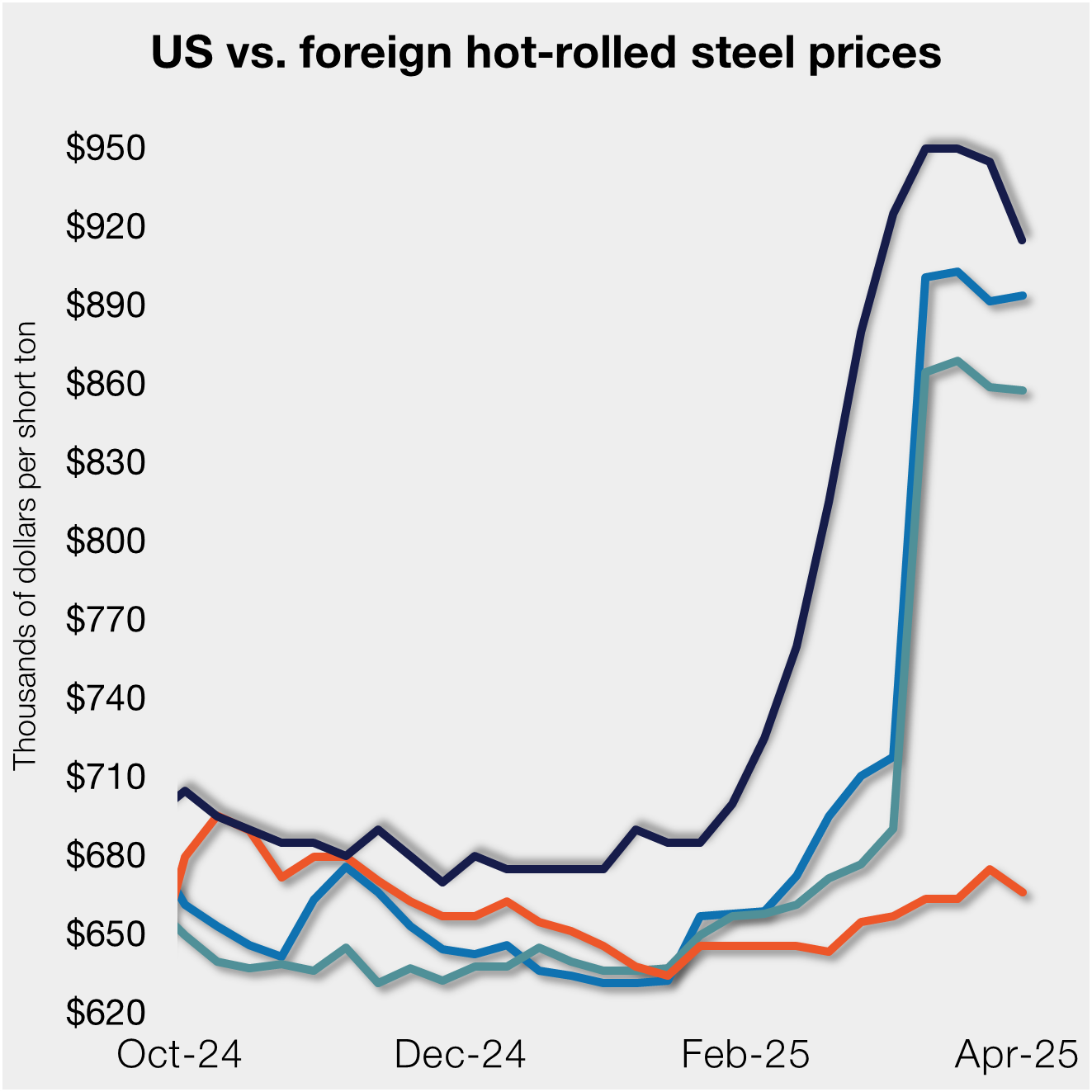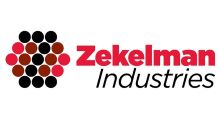Steel Products
Price Increase vs. Fair Value: Debate Continues
Written by John Packard
March 8, 2013
In our last issue of Steel Market Update we published an article regarding the latest round of price increases and how those responding to this week’s steel survey felt regarding the potential success of this increase versus the one announced six weeks earlier. Our survey was finding 60 percent of those responding to the survey did not feel the most recent increase stood a better chance of having some or all of the increase collected than the one announced in January.
We received a number of comments similar to this one which was made by a trading company about the domestic steel mills, “$50 was too high and demand has not changed. Same old story USS & ArcelorMittal are operating too many blast furnaces for the demand. I’m too dumb to get out of the steel business but even I can figure out that too much supply and not enough demand = lower prices.”
But not all companies are tied to the supply and demand balance as the driving factor to steel pricing. An executive with an Upper Midwest service center sent SMU a note on Wednesday morning in support of higher prices as being “fair” and that the domestic steel “food chain” would be stronger if prices rise:
“Companies are too caught up in the words “price increase”. How about we just say that the mills are pricing the steel so they can make some type of profit. Is that not reasonable or fair? With scrap up and demand a bit off of forecast, the mills obviously have to do something to break even. Why do companies constantly ask for the mills to be the one to suck it up and not be allowed to make a profit? End users are doing fine (just look at the earnings of public companies) and service centers are for the most part profitable. The market can easily withstand a small increase to allow the mills to do better.
What should the price of steel be? It should be at a level where all the players in our food chain are allowed to make some profits. That is the definition of a strong chain. If any of the parties in the chain are forced to lose money then the chain falls apart. Mills cut back on resources which negatively impacts the rest of us.
So in summary what I’m saying is the new price levels announced seem to be justified and needed.”
SMU expectation is most within the steel industry would prefer for the domestic steel mills to be very profitable which in turn makes for a secure and stable North American supply chain. At the same time, the core focus of many companies is on their bottom line and not that of their supplier. If a supplier is not able to understand the dynamics of the marketplace (i.e. adjust supply to meet demand) or unable to lower the cost to produce a product (such as introducing new technologies to produce steel less expensively) – it is not the steel buyer’s responsibility to carry the supplier. This becomes even more evident if the competition is aggressively after your customers. So, I expect there will be some who will disagree with our service center. You can send us your thoughts at: John@SteelMarketUpdate.com. I will also post this article in the Steel Market Update LinkedIn steel group which you are welcome to join and participate in the discussion.

John Packard
Read more from John PackardLatest in Steel Products

Don’t miss next week’s Community Chat with Algoma Steel CEO Michael Garcia
Algoma Steel CEO Michael Garcia will be the featured guest on SMU’s Community Chat webinar on Wednesday, April 9, at 11 a.m. ET. Register here for free to join the timely conversation. As a key Canadian flat-rolled steel producer and supplier to the US, Algoma can offer valuable insight into the evolving tariff landscape — its challenges […]

AISI: US steel shipments decline in February
Domestic steel shipments decreased month over month and year on year in February, according to the latest data from the American Iron and Steel Institute (AISI).

US, offshore HRC prices differ widely on tariff situation
Domestic hot-rolled (HR) coil prices declined this week, a trend again reflected in most offshore markets. Despite similarities, the shifting tariff landscape has made for a wild ride in Q1.

Atlas Tube debuts ‘HSS Connections Hub’
Atlas Tube, part of Zekelman Industries, has introduced an engineering resource aimed at simplifying Hollow Structural Sections (HSS) connection design for structural engineers and fabricators.

Nucor keeps HRC price unchanged
Nucor paused its weekly hot-rolled (HR) coil price this week, keeping it flat for the first time since Jan. 21. This comes after a nine-week rally that saw the company increase prices by double-digits for eight of those weeks.
